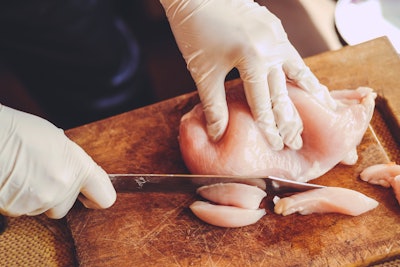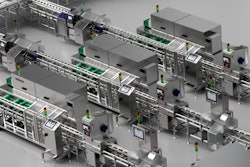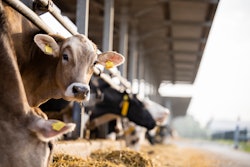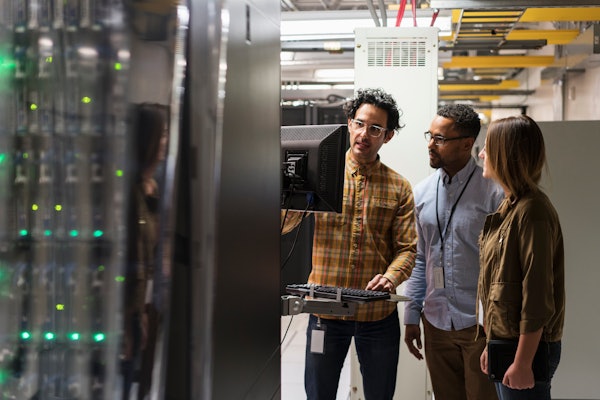
Chick-fil-A recently announced that it is shifting away from its No Antibiotics Ever (NAE) promise, moving to a less constrained stance that better recognizes the science behind the initial movement.
NAE means no antibiotics of any kind have been used in the raising of the animal. Instead, Chick-fil-A—in step with other restaurants and poultry producers before it—will move to a policy of No Antibiotics Important to Human Medicine (NAIHM). The new policy restricts the use of antibiotics that are used to treat humans, but still allows the use of animal antibiotics if the animal becomes sick.
Consumers are already protected from antibiotics in their food to the degree that there cannot be any antibiotic residue present in the food. The U.S. Department of Agriculture (USDA) regularly tests meat and poultry for antibiotic residues.
It is part of a comprehensive action plan against antimicrobial resistance (AMR) in both animals and humans—with concern that the bacteria that can cause diseases are becoming more resistant to the antibiotics used to treat diseases. The NAIHM policy acknowledges the concern that antibiotics used in agriculture could lead to increased AMR in human consumers, but at the same time separates those antibiotics that are not important to human treatment.
“There are certain antibiotics that are used both on animals as well as humans, there are certain antibiotics that are used only in animal production, and then there are certain antibiotics that are used only on humans,” explains Arjun Ganesan, founder and CEO of Ancera, which provides intelligence throughout the poultry supply chain. “What these companies are saying is, ‘If these animals get sick, we are preserving the option to treat them back to good health with these antibiotics that are not used on human beings.’”
Some background on NAE
The scientific reason that consumers originally pushed back against the use of antibiotics was the fear of antimicrobial resistance. “About a decade ago now, there was this huge interest around no antibiotic ever,” Ganesan says. “Consumers basically said, ‘We don’t want the animals that become these production animals, these chickens, to have ever been treated in their whole life with an antibiotic.’”
Several food retailers publicly announced their move away from the use of antibiotics—including Panera Bread as early as 2004, McDonald’s in 2015, and Chick-fil-A in 2019.
That’s been a tough gig, though, and animals are getting sicker because of it—and facing a higher mortality rate. “It means if the animal gets sick, you cannot use any antibiotics,” Ganesan says. “But the reality is antibiotics are one of the most powerful tools that humanity has had in treating animals and treating humans.”
The NAE model is getting harder and harder to sustain. Tyson announced in July 2023—eight years after it introduced the NAE label on some of its products—that it would go back to using certain antibiotics, moving instead to an NAIHM label. This is the same move that Chick-fil-A has now announced, and it’s the stance that Restaurant Brands International (owner of Burger King, Popeye’s, Tim Hortons, and others) took in 2017.
Perdue, meanwhile, has doubled down on its pledge of “no antibiotics ever.” But producers and retailers like Chick-fil-A and Tyson argue that they will use only those antibiotics suitable for animals, and none used for humans, thereby mitigating any risk there might be with consumers building up resistance to those antibiotics.
Fighting diseases
This comes at a particularly important time as poultry producers have struggled the past few years to control highly pathogenic avian influenza (HPAI). The industry does not vaccinate for avian flu because that would make it too difficult to detect the disease and thereby eradicate it. Since early 2022, more than 82 million farmed birds have had to be culled in the U.S., according to the USDA.
But antibiotics would be useful for coccidiosis, another disease that the poultry industry is fighting. One of the leading drugs used to fight coccidia—a parasite living in chickens—is not labeled as an antibiotic in Europe, so it’s used freely there to treat chickens. But it’s considered an antibiotic in the U.S., so any producer here pledging No Antibiotics Ever has its hands tied.
“For some of these production systems, they needed to get some of these tools—specifically, these No Antibiotics of Human Interest—back so they can actually start fighting coccidia and also get some antibiotics to treat their animals,” Ganesan says. “Thinking about millions and millions of animals every week, there’s some proportion that’s going to get sick, and you’ve taken away the most powerful product to treat them.”
Economics of poultry production
The NAE movement came about by consumers voting with their wallets—they were willing to pay more for chicken that had never been treated by antibiotics. But over the years, that premium paid has diminished, and NAE chicken prices have become comparable to conventionally raised chicken.
That becomes even more the case when you look at non-premium cuts. Although about half the chicken produced in the U.S. is done so in the NAE program, only 10% of the meat is sold under an NAE label. While consumers might pay somewhat more for an NAE chicken breast, they are not paying more for other parts of the chicken—despite the fact that the whole bird was raised without antibiotics.
“It’s very hard right now to raise affordable chicken in the U.S.,” Ganesan says. “These companies are not able to absorb the shocks of not having additional margins, but still having to deal with all the adverse impact of not being able to utilize antibiotics in their supply chain.”


















